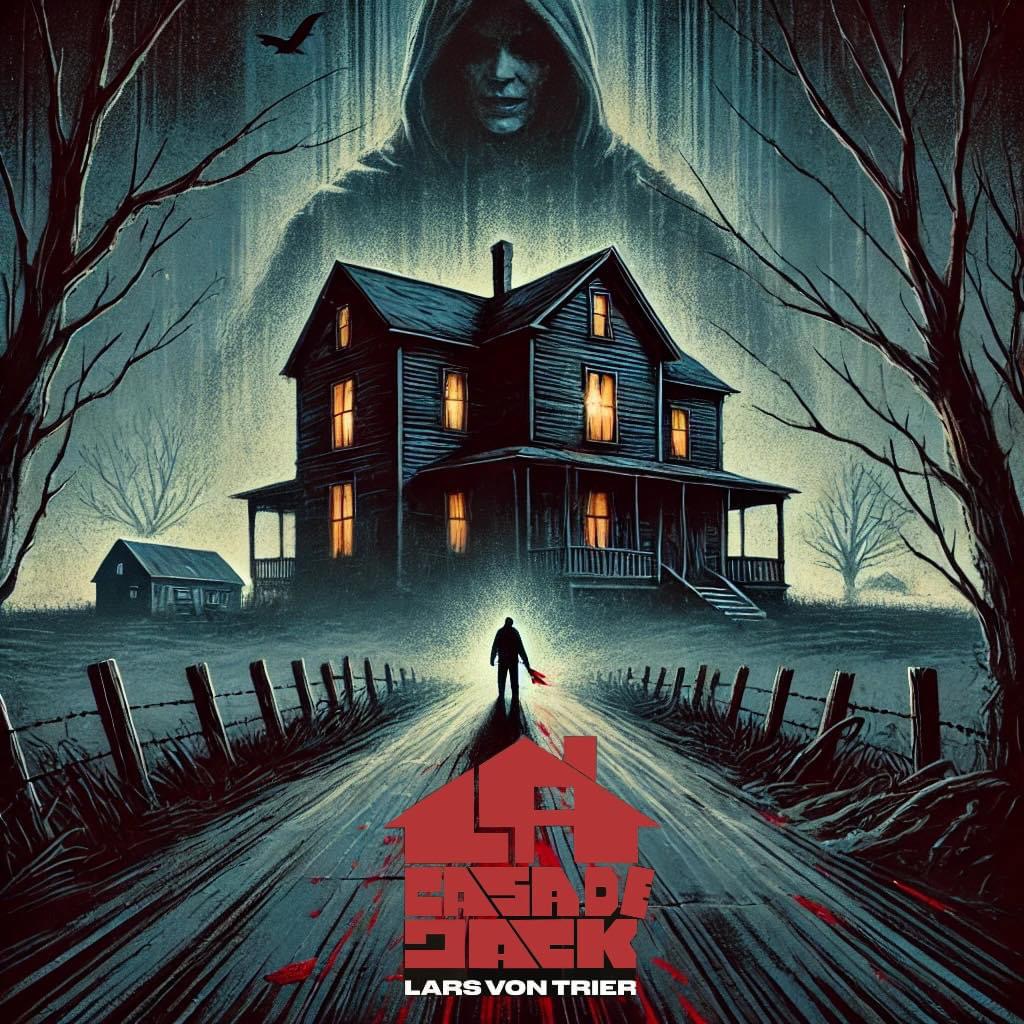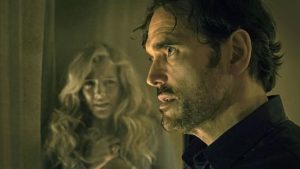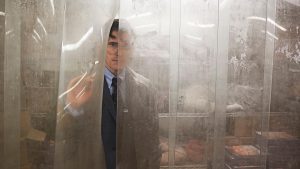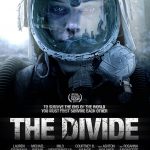The House That Jack Built (2018)

Directed by Lars von Trier, The House That Jack Built is a provocative and deeply unsettling film that explores the mind of a serial killer through a blend of dark humor, graphic violence, and philosophical musings. Set in the 1970s and 1980s, the film follows Jack (Matt Dillon), a highly intelligent and articulate man who harbors a penchant for murder, as he recounts five incidents that shaped his life as a serial killer.
Suggested videos for you:
Plot Overview
The film unfolds over a series of flashbacks, with Jack narrating his story to an unseen interlocutor, Virgil (played by Bruno Ganz), who serves as a guiding figure reminiscent of the Roman poet Dante’s guide through Hell. Each incident Jack describes reveals his escalating brutality and the philosophical rationale behind his actions. From his early experiences with violence to his more elaborate and gruesome killings, Jack’s journey becomes a disturbing exploration of creativity, morality, and the nature of evil.
Themes and Symbolism
One of the central themes of The House That Jack Built is the exploration of the creative process, likening murder to an art form. Jack views his killings as acts of artistic expression, meticulously planning and executing them to evoke specific reactions and emotions. This perspective raises questions about the relationship between art and morality, challenging viewers to confront their own complicity in the consumption of violent media.
Additionally, the film delves into the nature of evil, with Jack embodying a character who oscillates between charm and monstrousness. Von Trier examines the psychological aspects of violence and the darker impulses that lurk within humanity. The film’s title itself is a reference to the nursery rhyme “This Is the House That Jack Built,” suggesting a cycle of creation and destruction, as Jack constructs his own hellish domain through his violent acts.
Cinematic Style
Visually, The House That Jack Built is striking, featuring von Trier’s characteristic blend of stark realism and surreal imagery. The film is punctuated by scenes that are both beautiful and grotesque, creating a dissonance that enhances the viewer’s discomfort. The cinematography by Manuel Alberto Claro captures the bleakness of Jack’s world while also showcasing moments of disturbing beauty.
The score, composed by von Trier’s frequent collaborator, is equally haunting, utilizing classical pieces that contrast sharply with the violent content. This juxtaposition heightens the emotional impact and underscores the film’s exploration of aesthetics in relation to brutality.
Performances
Matt Dillon delivers a compelling performance as Jack, navigating the character’s complexities with both charm and menace. His portrayal effectively conveys the duality of Jack’s nature, drawing viewers into his twisted psyche while simultaneously repelling them with his heinous actions. The supporting cast, including Uma Thurman as a victim who represents Jack’s romanticized view of women and Jeremy Davies as his accomplice, add depth to the narrative, though the film’s focus remains heavily on Dillon.
Controversy and Reception
Upon its release, The House That Jack Built sparked considerable controversy and polarized audiences. Many praised it for its daring exploration of dark themes and its unflinching depiction of violence, while others criticized it for what they perceived as gratuitous cruelty and nihilism. Critics noted the film’s length and pacing as potential drawbacks, but also acknowledged its ambition and the boldness of von Trier’s vision.
The film’s Cannes premiere was marked by walkouts and audible gasps from the audience, reflecting the intense reactions it provoked. This division speaks to von Trier’s intent to provoke thought and discussion, challenging viewers to engage with the uncomfortable realities of human nature.
Conclusion
The House That Jack Built is not a film for the faint of heart. It demands a willingness to confront unsettling truths about violence, creativity, and morality. While it may be polarizing and controversial, it stands as a significant entry in von Trier’s oeuvre, showcasing his talent for blending art with existential inquiry. The film ultimately leaves viewers questioning the boundaries of art, the nature of evil, and the depths of human depravity.
In sum, The House That Jack Built is a harrowing yet thought-provoking cinematic experience that lingers long after the credits roll, inviting viewers to reflect on their own relationship with violence and morality in a world that often blurs the lines between art and atrocity.











